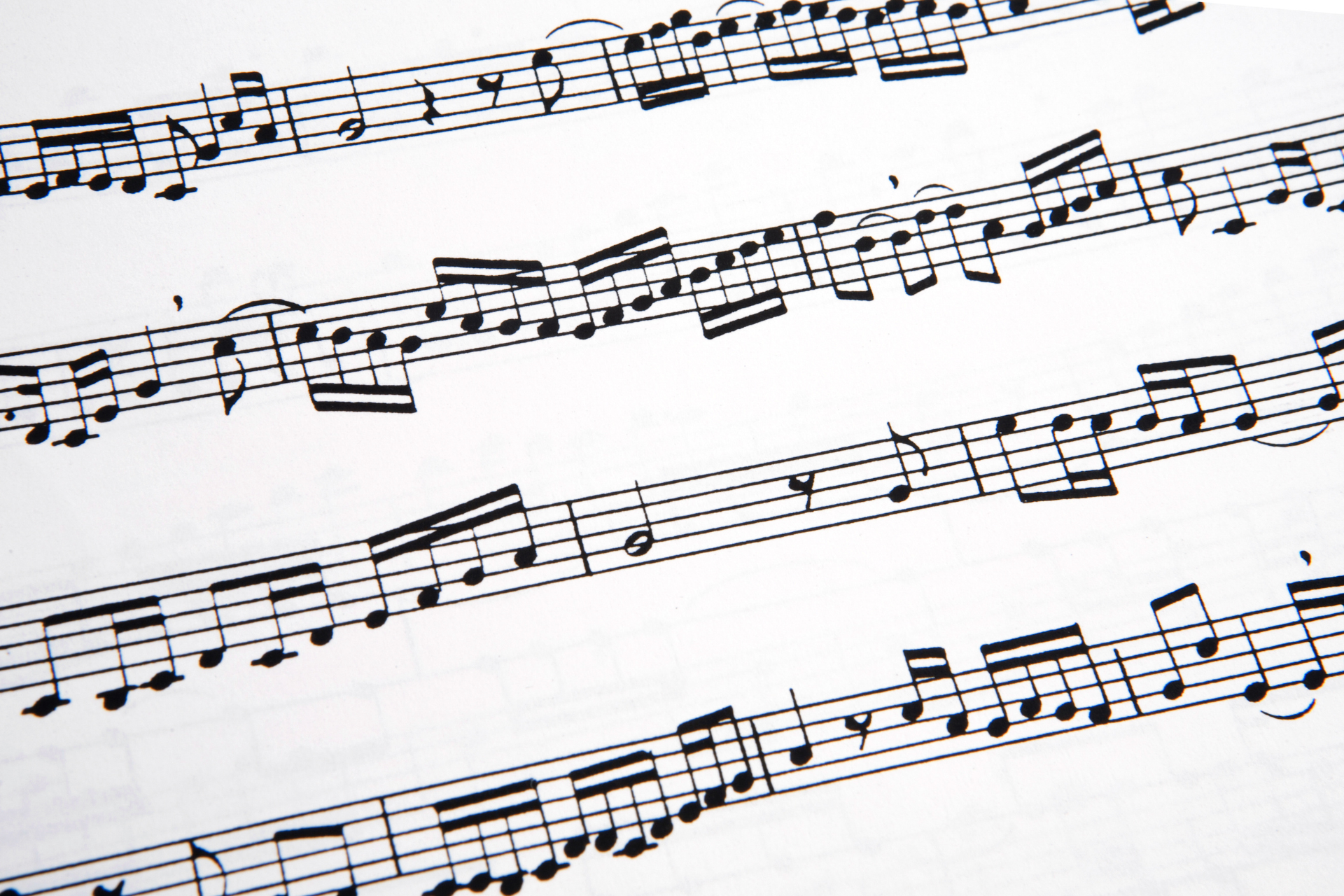General Articles
Understanding Music Notes: A Beginner's Guide
Music is often described as the universal language, transcending borders and cultures. At the heart of this beautiful form of expression lie music notes, the building blocks that give structure and meaning to musical compositions. Whether you are a budding musician or a seasoned performer looking to refresh your knowledge, understanding music notes is essential. This guide will walk you through the basics, helping you grasp the fundamentals of reading and interpreting music.
The Basics of Music Notes
What Are Music Notes?
Music notes are symbols used in musical notation to represent the pitch and duration of a sound. Each note corresponds to a specific frequency, determining how high or low it sounds. The duration of a note indicates how long it should be held relative to other notes in the composition.
The Musical Alphabet
The musical alphabet consists of seven letters: A, B, C, D, E, F, and G. After G, the sequence repeats starting again with A. These letters correspond to specific pitches on a scale. On a piano, for instance, these notes can be found as the white keys, with each letter representing a different key.
The Staff and Clefs
Music is written on a staff, which consists of five horizontal lines and four spaces. Each line and space represents a different pitch. The position of the note on the staff indicates its pitch. To determine the exact pitch, we use clefs.
- Treble Clef: Used for higher-pitched instruments and voices. The treble clef's curl wraps around the second line from the bottom, which represents the note G.
- Bass Clef: Used for lower-pitched instruments and voices. The bass clef's two dots surround the fourth line from the bottom, representing the note F.
Types of Music Notes
Whole Notes and Half Notes
- Whole Note: Represented by an open oval without a stem. It has the longest duration, typically lasting four beats in common time.
- Half Note: Similar to a whole note but with a stem. It lasts for two beats.
Quarter Notes and Eighth Notes
- Quarter Note: Filled-in oval with a stem, lasting for one beat.
- Eighth Note: Similar to a quarter note but with a flag attached to the stem, lasting for half a beat. When multiple eighth notes are connected, they are often joined by a beam.
Sixteenth Notes and Beyond
- Sixteenth Note: Has two flags or is connected by two beams, lasting for a quarter of a beat.
- Thirty-second Note: Has three flags or three beams, lasting for an eighth of a beat.
Understanding Rhythm and Timing
Time Signatures
The time signature appears at the beginning of a piece of music, right after the clef. It consists of two numbers, one above the other. The top number indicates how many beats are in each measure, while the bottom number tells you the note value that gets one beat.
- Common Time (4/4): Four beats per measure, with the quarter note getting one beat.
- Waltz Time (3/4): Three beats per measure, with the quarter note getting one beat.
- Cut Time (2/2): Two beats per measure, with the half note getting one beat.
Note Values and Rests
Understanding the relationship between different note values is crucial for interpreting rhythm correctly. Equally important are rests, which indicate silences in the music.
- Whole Rest: A small rectangle hanging from the fourth line, lasting four beats.
- Half Rest: A small rectangle sitting on the third line, lasting two beats.
- Quarter Rest: A squiggly line, lasting one beat.
- Eighth Rest: A small curved line with a flag, lasting half a beat.
Dynamics and Expression
Dynamic Markings
Dynamic markings in music notation indicate the volume at which a piece should be played. These markings can change throughout a piece to add expression and contrast.
- Pianissimo (pp): Very soft.
- Piano (p): Soft.
- Mezzo Piano (mp): Moderately soft.
- Mezzo Forte (mf): Moderately loud.
- Forte (f): Loud.
- Fortissimo (ff): Very loud.
Articulation Marks
Articulation marks tell you how to play a note or a series of notes. These include:
- Staccato: A dot above or below a note, indicating it should be played short and detached.
- Legato: A curved line (slur) connecting notes, indicating they should be played smoothly and connected.
- Accent: A sideways V above or below a note, indicating it should be played with emphasis.
Enharmonic Equivalents and Key Signatures
Enharmonic Equivalents
Enharmonic equivalents are notes that sound the same but are written differently. For example, C# (C sharp) and Db (D flat) are enharmonic equivalents because they represent the same pitch but are named differently depending on the context.
Key Signatures
The key signature appears at the beginning of a staff, right after the clef and time signature. It indicates which notes are consistently sharp or flat throughout a piece. Understanding key signatures is essential for knowing which scale the music is based on.
Tips for Practicing Music Notes
Start with Simple Pieces
Begin with simple, well-known pieces to get accustomed to reading music notes. Children's songs and beginner piano books are excellent resources.
Use Flashcards
Create flashcards with different music notes and their corresponding names and practice regularly. This helps reinforce your memory and speed up your reading skills.
Play by Ear
While reading music is important, playing by ear can also enhance your understanding of music notes. Try to match the notes you hear with the notes on your instrument.
Consistent Practice
Consistency is key. Practice reading and playing music notes daily, even if only for a short period. This helps solidify your skills and build muscle memory.
Common Challenges and How to Overcome Them
Difficulty in Recognizing Notes
If you find it hard to recognize notes quickly, focus on one clef at a time. Use mnemonic devices to remember the lines and spaces. For example, for the treble clef lines, use "Every Good Boy Does Fine."
Struggling with Rhythm
Clap out the rhythm of a piece before playing it on your instrument. This helps internalize the timing and makes it easier to execute while playing.
Getting Overwhelmed
Take it one step at a time. Don’t try to learn everything at once. Focus on mastering the basics before moving on to more complex concepts.
Understanding music notes is fundamental for anyone looking to delve into the world of music. From the basics of the musical alphabet and staff to the complexities of dynamics and key signatures, each element plays a crucial role in creating harmonious and expressive music. With patience and consistent practice, you can master the art of reading music notes and unlock new levels of musical proficiency.
Ready to embark on your musical journey? Visit Rhythm Music Shop for a wide range of musical instruments, accessories, and music books. Serving Markham, Richmond Hill, North York, Scarborough, and the rest of the GTA, we are here to help you every step of the way. Start making beautiful music today!

